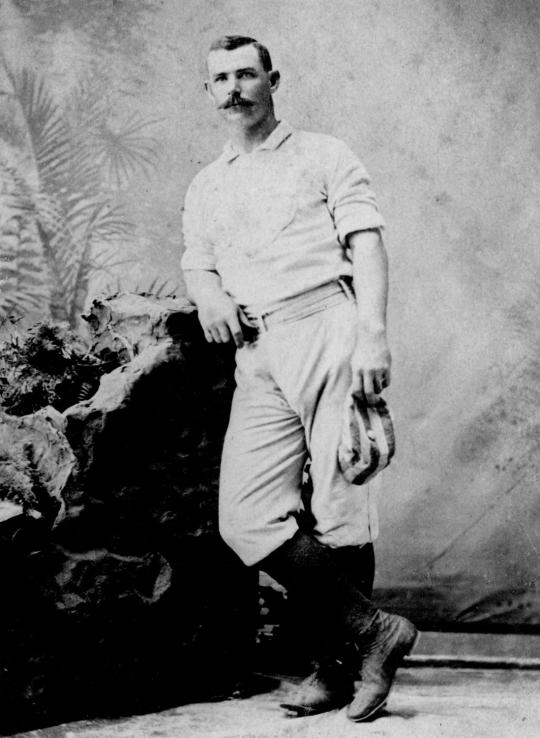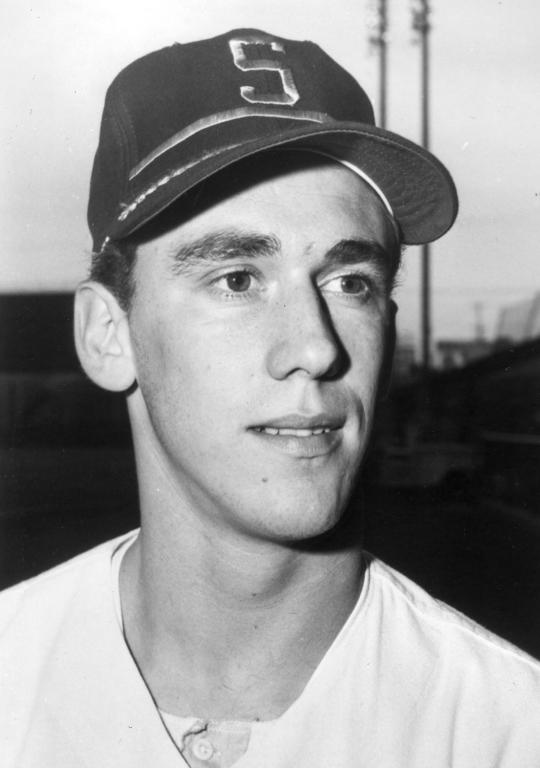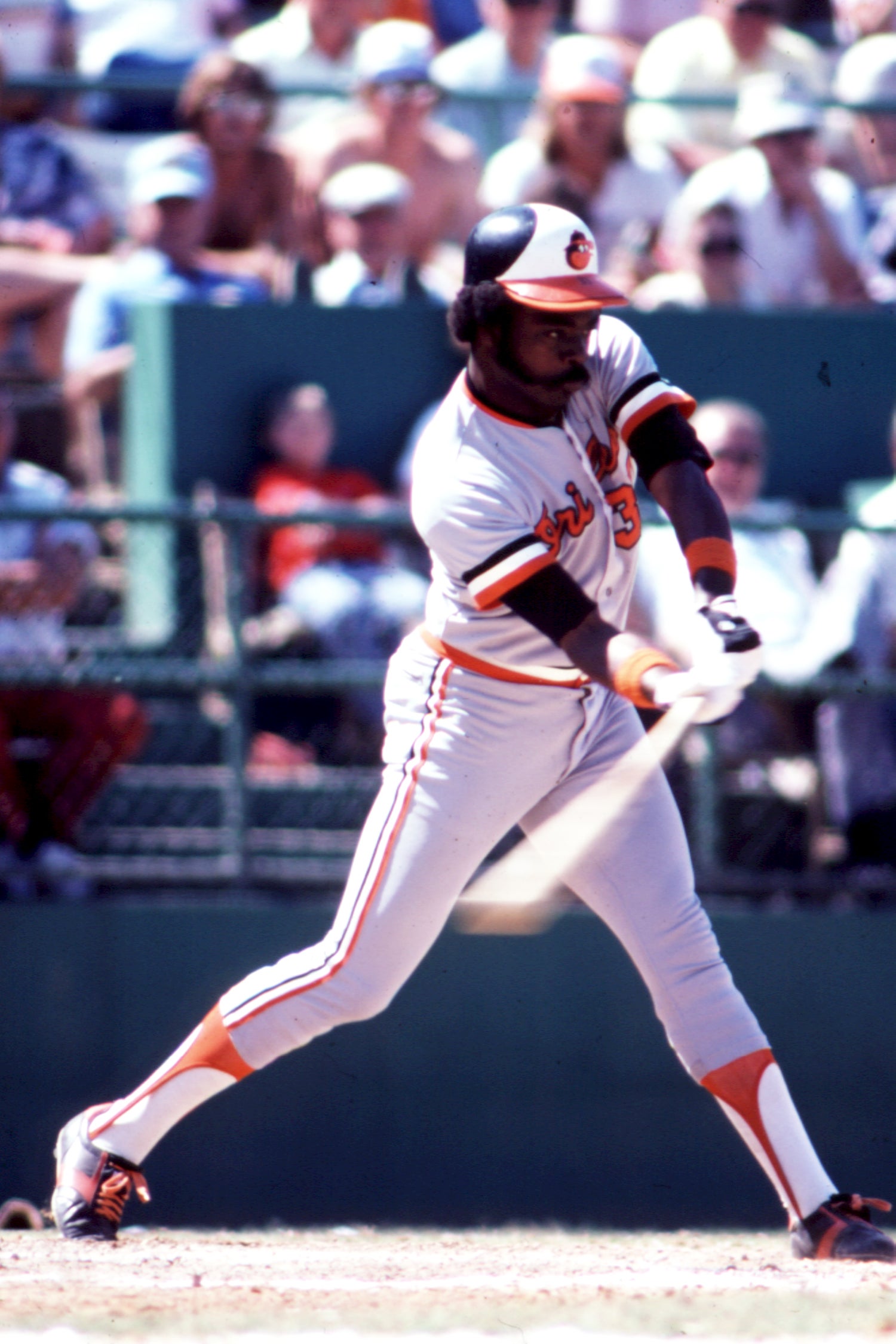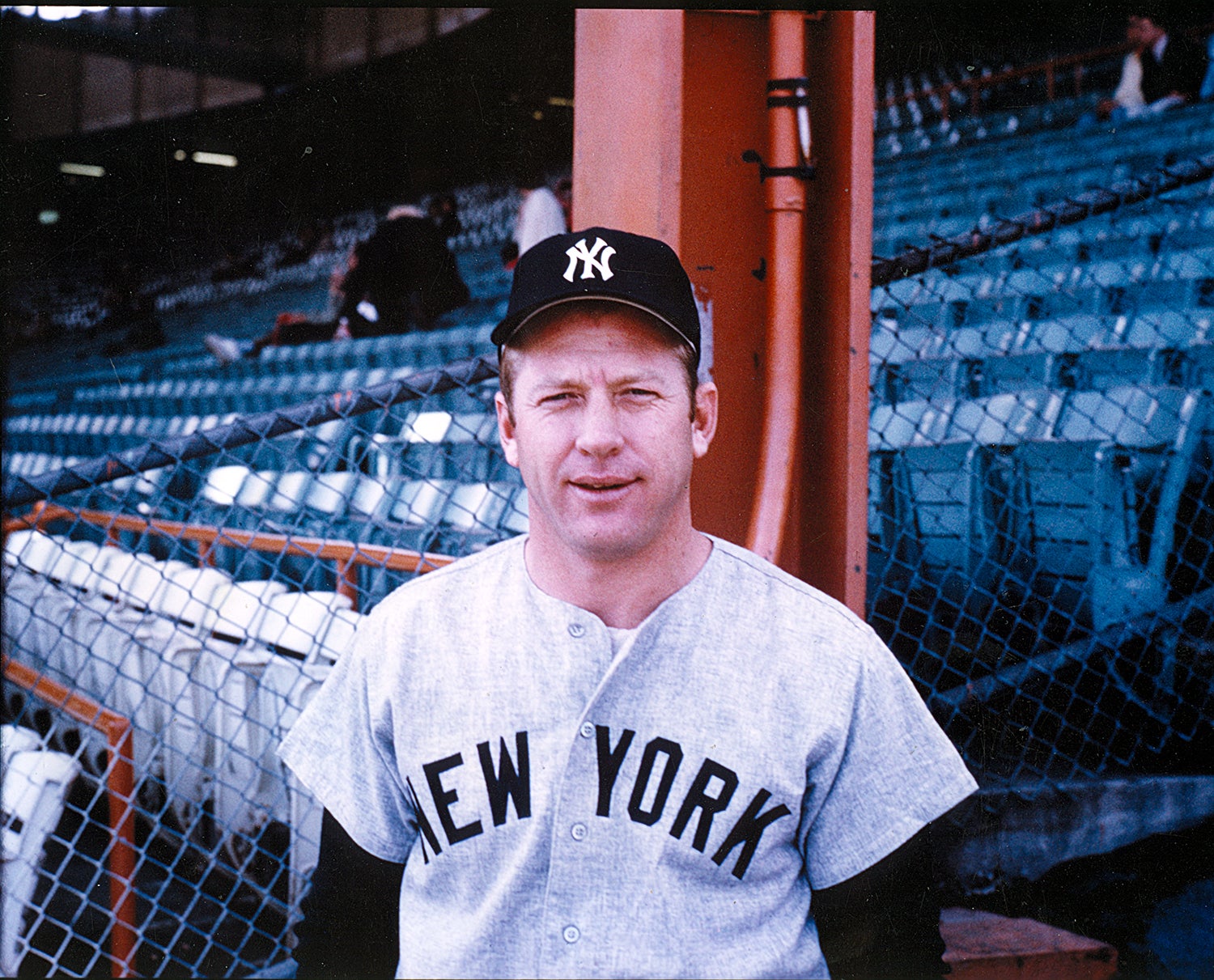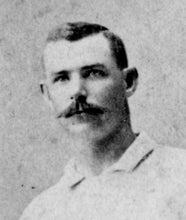- Home
- Our Stories
- New evidence leads to ‘switch’ in Roger Connor’s record
New evidence leads to ‘switch’ in Roger Connor’s record
More than 40 years following his induction into the National Baseball Hall of Fame, Roger Connor has recently joined another exclusive club.
Research performed over the winter shows that Connor, long considered just a left-handed hitter, was also a quite capable batsman from the right side of home plate. Therefore, he becomes one of just 19 Hall of Famers – eight of whom were primarily pitchers – be listed as a switch-hitter.
Connor, who has a lifetime batting average of .316, played for five clubs over 18 seasons, from 1880 to 1897. Until surpassed by Babe Ruth in the 1921 season, Connor held the career mark for home runs with 138.
How does someone go from batting one way to becoming a switch-hitter? It could be traced to the development of the curveball and the increase in left-handed pitchers during the late 19th century.
Peter Morris, author of A Game of Inches: The Story Behind the Innovations that Shaped Baseball, notes, however, that the “first known switch-hitter, Bob Ferguson, began doing so before the curveball was a large part of baseball.” Ferguson was a star infielder for various teams in the National Association and the nascent National League. He was also a teammate of Connor’s with Troy from 1880-1882.
Roger Connor spent 18 seasons in the major leagues, beginning his career with the Troy Trojans in 1880 and spending the majority of his career with the New York Giants.PASTIME (National Baseball Hall of Fame and Museum)
Morris quotes fellow researcher and author William Ryczek, who wrote that Ferguson would choose which way to bat depending on “disposition or situation, not based upon whether the opposing pitcher threw right- or left-handed.”
Hall of Fame Membership
There is no simpler, and more essential, way to demonstrate your support than to sign on as a Museum Member.
As more pitchers perfected delivery of the curveball, and as southpaws became a more frequent sight on the mound, left-handed batters realized they could take advantage of the situation by learning to bat right-handed. They would not have to swing at curveballs breaking the other way.
Perhaps this is what spurred Connor to perfect his right-handed swing.
Baseball Hall of Fame senior curator Tom Shieber looked into a query in which Connor’s right-handed hitting prowess was mentioned in an August 1887 issue of The Sporting Life. He discovered that Roy Kerr, who wrote Connor’s biography, mentioned Connor’s switch-hitting. Shieber tracked down those references and found additional claims of Connor batting right-handed.
Ultimately, Bill Carle, chair of SABR’s Biographical Research Committee, agreed with the findings and published the change in Connor’s status in the committee’s February 2017 newsletter. It was changed on www.Baseball-Reference.com shortly thereafter.
The question remains: What does it take to be considered a switch-hitter, versus someone who simply bats the other way from time to time?
Carle says that is a difficult question to answer.
“Some players try switch-hitting, then switch back,” he noted. Carle provided Paul Blair’s one-year switch-hitting experiment as an example, as well as Fred Stanley having switch-hit early in his career before going back to hitting right-handed.
Fred Stanley, who began his career with the Seattle Pilots in 1969, switch-hit early in his career before returning to right-handed batting. PASTIME (National Baseball Hall of Fame and Museum)
“Connor and (John) Ward obviously did switch-hit, but we really don’t know if they did it their entire career or just a portion,” Carle continued. “To be completely accurate, you would probably need to differentiate it by year. Weight would be something similar. We list Mickey Lolich at 170 and Bartolo Colon at 185. That was likely their weight when they broke in, but clearly that changed somewhat over time.”
Baseball fans may wonder what importance lies in Connor being deemed a switch-hitter more than 100 years after the end of his career.
Shieber argues this new designation “may change our perception of what happened in the past. By learning that, early in, more batters dabbled with the practice than originally thought, especially quality batters such as Roger Connor, we may gain a better appreciation for when and how certain innovations were embraced…or, in some cases, abandoned.”
Carle said it boils down to ensuring the records are correct.
“We always want to make sure our records are accurate,” Carle said. “It doesn’t change anything (that happened 100 years ago), but as researchers, we strive to be as accurate as possible.”
Matt Rothenberg is the manager of the Giamatti Research Center at the National Baseball Hall of Fame and Museum

